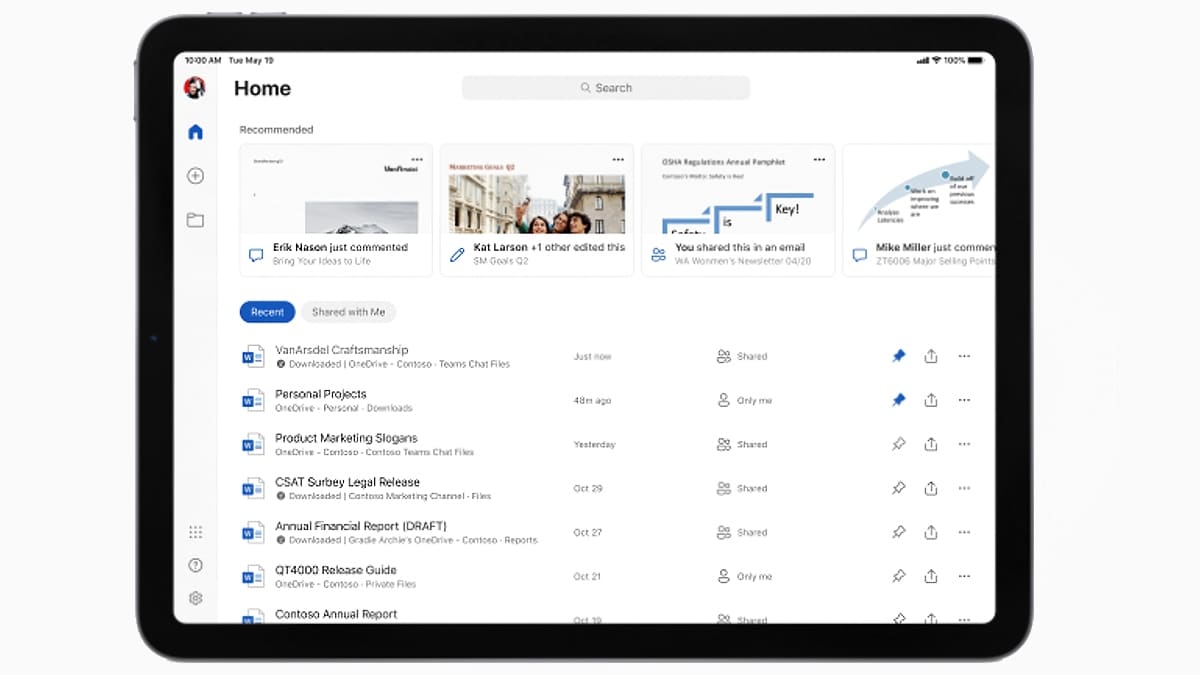Microsoft PowerPoint: What Is Outline View? How Do I Use Outline View? - Acuity Training
Microsoft PowerPoint: What Is Outline View? How Do I Use Outline View?
What is this unknown and brilliant Microsoft PowerPoint view I hear you cry?
It’s the PowerPoint Outline view, found in the View Ribbon in the Presentation Views group.
I’ve circled the View tab and the Outline view command below so you can see it clearly.
Do you know this view and how to use it? If not, stay right where you are! It’s quite different to Normal View in Microsoft PowerPoint. It shows you the presentation outline.
If you are looking for a YouTube video to lead you through this please scroll to the bottom of this page.
Why show you this view? The answer is, we’ve been teaching Microsoft PowerPoint for over 20 years (yes it did exist back then!) and noticed that this isn’t a well-known view despite it containing so many ways to speed up your work.
For those of you keen to learn more about PowerPoint Outline is covered in our Beginners PowerPoint Training Course as is inserting slides from other PowerPoint presentations .
Let’s take a look.
As you can see in the screenshot below, the Outline view is all about the presentation text and nothing else.
It’s where you can focus on the words in your presentation, so there are no distractions from the formatting, colour, or design.
It’s a really clean and productive view to start creating a presentation from.
The Outline view shown above has been customised slightly. I’ll show you how to recreate this exact view next.
To recreate the customised Outline view shown above, we need to make the text panel on the left sidelarger (the Outline pane) and the slide area on the right smaller.
The divider (which has been highlighted with an arrow and is shown below) is dragged to the right with the white double-headed cursor. You will see this cursor when pointing to the divider.
This creates a bigger left text panel and what’s called a slide miniature on the right.
How Do I Use PowerPoint Outline View?
Here’s how, you use the left text panel as if you were typing in Word. It’s remarkably simple to use!
The numbers and text circled above are the slide numbers and the slide titles.
Let’s create a presentation in Outline view. A new presentation has been created below and Outline view has been selected and customised as shown earlier.
The text PowerPoint Course has been typed onto slide 1. We then press enter and move onto slide 2. This is an amazingly quick way of creating and then typing into a new slide!
We can either use this new slide 2 or press the tab key to create and type subheadings onto slide one like this shown below.
By pressing enter after the subheading Tutor: Lucinda Thomas followed by shift+tab, this changes a subheading into the main slide heading like this below and Course Aims and Objectives can be typed in.
So, to summarise, we use enter after typing text and then alternate between tab (moves text right) to produce a subheading and shift+tab (moves text left) to produce a slide heading. Its that simple to use!
What other features are there in Outline view?
We can Collapse and Expand all or individual slides in a presentation. This is incredibly useful for managing large presentations and organising ideas too. To collapse or expand slides we need to be in Outline View and right-click on a slide selector which is the box on the right of a slide number.
As you can see below, slide 2 has been right-clicked on. The speed menu shows the Collapse and Expand options. Collapse will just affect slide 2 whereas Collapse All will affect all slides in the presentation.
When Collapse All is selected, we only see the slide headings in the entire presentation as shown below. This helps when checking the flow and logic of a presentation. To show all headings again right-click on a slide selector and select Expand or Expand All.
Reorganising slides can also be carried out in Outline view so there’s no need to change to a
different view for this. By pointing to a slide selector, a white 4 headed arrow appears. By keeping the left mouse button pressed the 4 headed arrow turns black and the slide and all its text can be dragged up or down. The grey positioning line shows the slides new position. The picture below demonstrates slide 3 being positioned between slide 1 and 2.
Lines of text can also be rearranged in Outline view. This is done by right clicking on the line of text and using the Move Up and Move Down options on the speed menu shown below. The first point on slide 3 has been right-clicked on and this text has now been moved down and relocated as the first subheading on slide 4.










